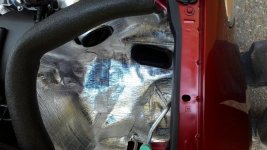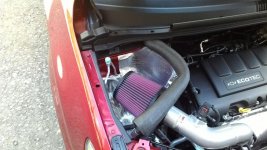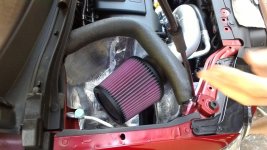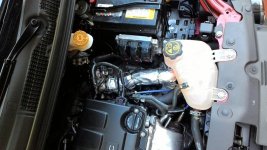First off, air pressure does not decrease with increased velocity. Frankly it depends on what pressure we are talking about; static, dynamic, or total. Static would be the normal pressure to the air steam or the pressure of the free stream, it doesn't do much in regards to velocity, dynamic pressure is tangential to the air stream and increases by the square of the velocity and total is the combination of the two. A pitot static probe uses these concepts to compute airstream velocity. Also, A wing does not need to be flat on the bottom to generate lift. Lift generation is more about redirection of fluid momentum than it is about pressure differential. The result of momentum redirection is the pressure differential. Fun fact, try to compute the lift of a wing using the old, wrong Bernoulli method and you will notice that it will be impossible to make any aircraft fly. Symmetric airfoils, like those used on stunt planes, generate lift purely by changing its angle of attack. Again nothing to do with differing velocities on top and bottom of the wing.
I would be incredibly surprised if your scoop is doing anything but increasing drag as you are essentially only adding frontal area. further, the sonic already has vorticity generators, thats the two ridges on the hood. They create vortexes around the mirrors in an attempt to re-energize the boundry layer around and behind the mirrors, reducing separation and thus pressure drag. Your hood scoop could be interfering with this as well (all though I obviously have no data to back this up, but it may be something worth looking at)




